| |
 |
| |
| Thomas William Compton born 1897 Home village or town, Rangeworthy, Gloucestershire and Havant, Hampshire |
| |
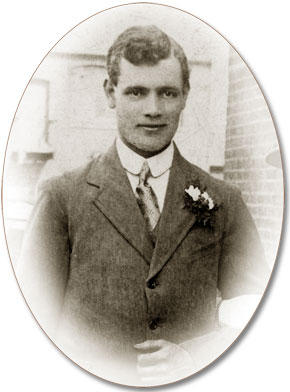 |
| Thomas (known as Billy) |
| |
|
|
| |
 |
| |
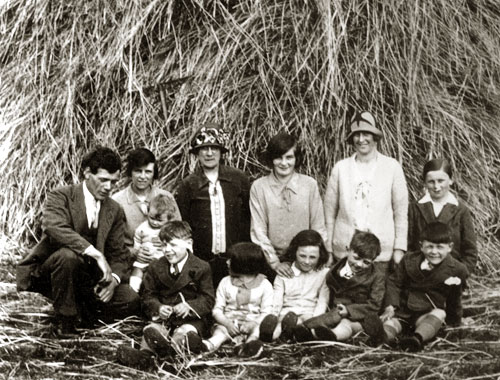 |
| Back row from the left: Billy, Emily, Emma Compton (Billy's mother) c1930. |
|
|
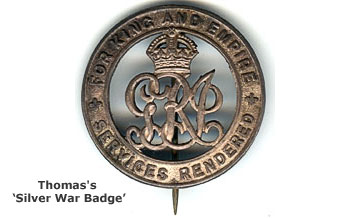 |
The decoration was introduced as an award of "King's silver" for having received wounds or injury during loyal war service.
A secondary causation for its introduction was that a practice had developed in the early years of the war where some women took it upon themselves to confront and publicly embarrass men of fighting age they saw in public places who were not in military uniform, by ostentatiously presenting them with white feathers, as a suggestion of cowardice.
The badge was intended to be worn on civilian clothes. Wiki |
|
|
| |
| Thomas's WW1 journal |
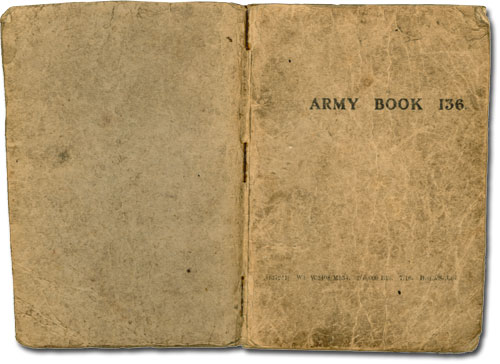 |
|
|
| |
|
|
| |
|
Pages 1-6, 7-12, 13-18, 19-24, 25-30, 31-39, other pages |
| Page 1 |
| |
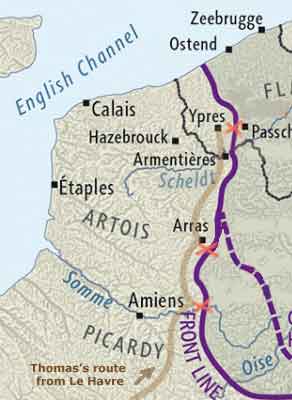 |
| |
| |
|
|
|
 |
| |
|
|
| Page 2 |
| |
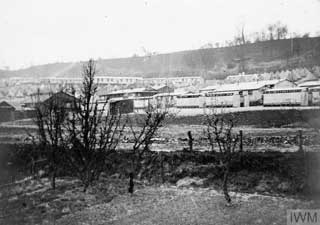 |
| British Army camp at Harfleur (near Le Havre), France in March 1916. |
| |
| |
| |
| |
| |
| |
| |
| |
| |
| |
| |
| July-1916 |
| |
|
|
 |
| |
|
|
|
|
 |
| |
|
|
|
|
 |
| |
|
|
| Page 5 |
| |
| |
| |
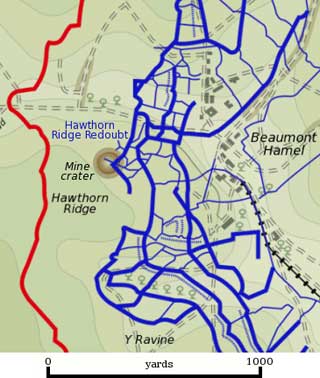 |
| |
Map of Beaumont-Hamel during the Battle of the Somme in 1916
Red – British front line
Blue – German fortifications |
| |
| |
| |
| September-1916 |
| |
| |
|
|
 |
| |
|
|
| Page 6 |
| |
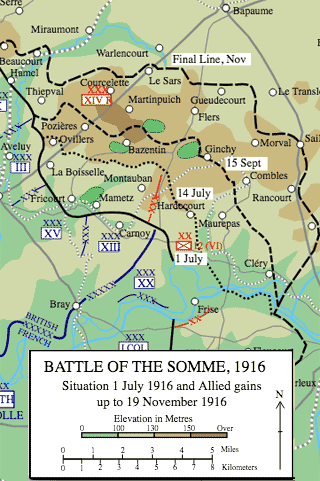 |
| Thomas's mentions Courcelette and Gueudecourt on the map. |
| |
| |
| |
| February-1917 |
| |
| |
| |
| |
|
|
 |
| |
|
|
| |
|
|
| |
|
|
|
| |
| |
| |
| |
|
|
|